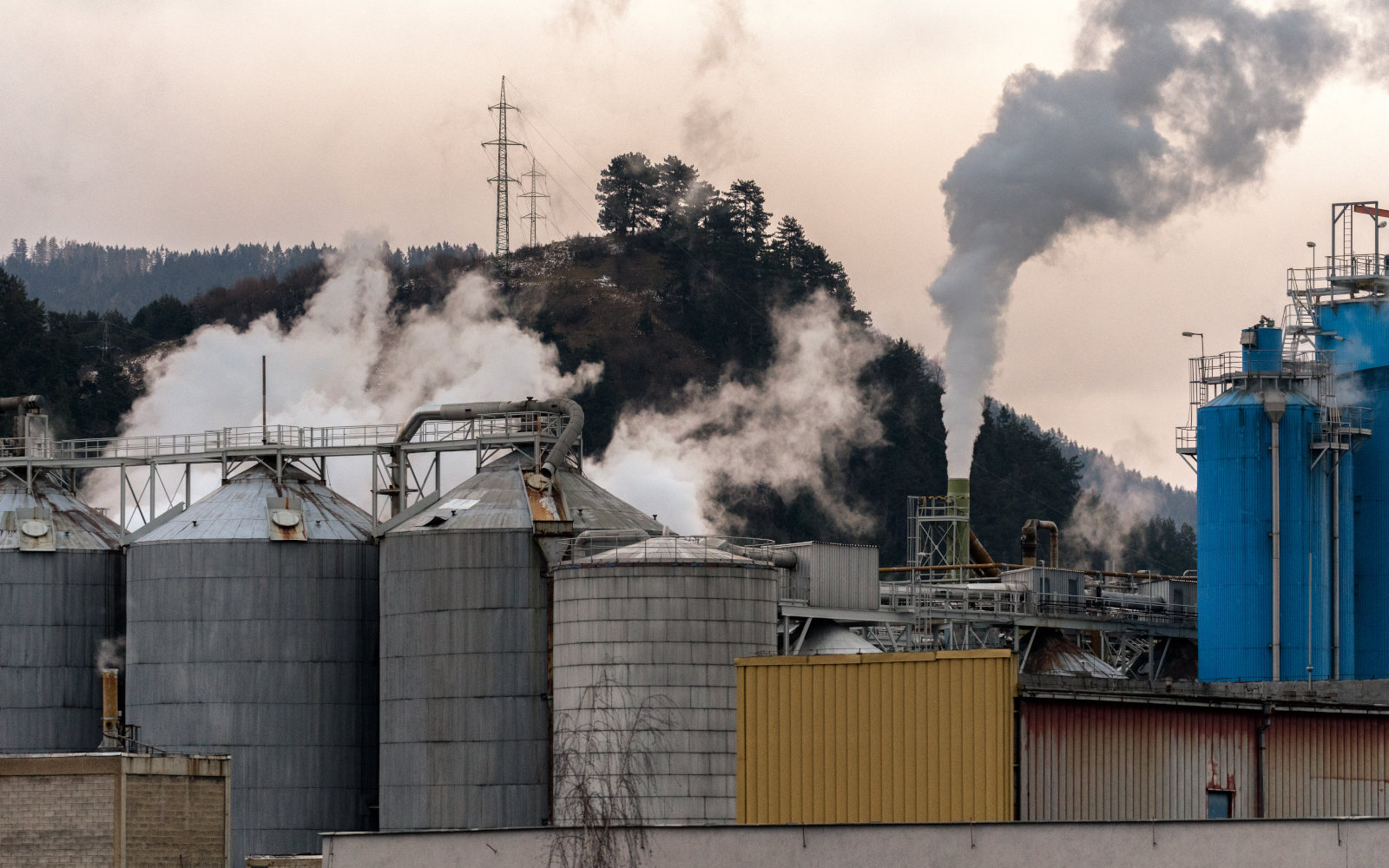Sulfur Dioxide (SO2) is a colorless gas with a sharp, pungent odor, widely known for its role as an air pollutant. It is produced primarily from the burning of fossil fuels and the smelting of sulfur-containing ores.
While SO2 is used in various industrial processes, its potential health risks and environmental impacts necessitate careful handling and robust safety protocols. This article explores the health effects of SO2 exposure, its applications, and essential safety measures for workers and safety managers.
Health Effects of Sulfur Dioxide Exposure
Sulfur Dioxide is a potent irritant that can cause significant health issues, particularly affecting the respiratory system. The severity of these effects depends on the concentration and duration of exposure.
Acute Exposure
- Respiratory Irritation: Inhalation of SO2 can cause immediate irritation of the respiratory tract, leading to symptoms such as coughing, shortness of breath, and a burning sensation in the throat and lungs. High concentrations can cause bronchospasm, especially in individuals with asthma or other pre-existing respiratory conditions.
- Eye and Skin Irritation: SO2 can irritate the eyes, causing redness, tearing, and discomfort. Skin contact with liquid SO2 or high concentrations of the gas can result in burns and dermatitis.
- Gastrointestinal Effects: Ingestion of SO2, even in small amounts, can cause irritation of the gastrointestinal tract, leading to symptoms such as nausea, vomiting, and abdominal pain.
Chronic Exposure
- Chronic Respiratory Conditions: Long-term exposure to SO2, even at low levels, can exacerbate chronic respiratory diseases such as bronchitis and asthma. It may also contribute to the development of chronic obstructive pulmonary disease (COPD).
- Cardiovascular Effects: There is evidence suggesting that long-term exposure to SO2 may increase the risk of cardiovascular diseases, including heart attacks and strokes.
Industries and Applications
Sulfur Dioxide is utilized in various industries due to its chemical properties. Key applications include:
- Chemical Manufacturing: SO2 is used in producing sulfuric acid, one of the most important industrial chemicals. It is also used in the production of sulfites, which are used as preservatives.
- Food and Beverage Industry: Sulfur dioxide is used as a preservative and antioxidant in food and beverages, particularly in dried fruits, wines, and soft drinks.
- Pulp and Paper Industry: SO2 is used in the sulfite process for manufacturing wood pulp.
Safety Precautions and Best Practices
Given the hazardous nature of sulfur dioxide, stringent safety measures are essential to prevent exposure and ensure a safe working environment.
Monitoring and Detection
- Sulfur Dioxide Detection Systems: Reliable SO2 detectors, such as the Accusafe or GasD 8000 by Interscan, are crucial for monitoring sulfur dioxide levels in workplaces. These systems should be regularly calibrated and maintained for accuracy.
- Ventilation: Proper ventilation systems, including local exhaust ventilation, are vital to disperse sulfur dioxide gas and maintain safe air quality, especially in enclosed spaces.
Personal Protective Equipment (PPE)
- Respiratory Protection: Workers should use appropriate respiratory protective equipment, such as air-purifying respirators with SO2 cartridges or self-contained breathing apparatus (SCBA), especially in areas with potential sulfur dioxide exposure.
- Eye and Skin Protection: Protective clothing, gloves, and safety goggles or face shields are necessary to prevent skin and eye contact with SO2.
Emergency Response and Training
- Emergency Protocols: Clear emergency response procedures should be established, including evacuation plans, first aid measures, and immediate medical attention for exposure cases. Safety showers and eyewash stations should be accessible in areas where sulfur dioxide is present.
- Training and Education: Regular training sessions on the hazards of sulfur dioxide, proper use of PPE, and emergency response actions are vital. Workers should be trained to recognize the symptoms of SO2 exposure and understand the necessary steps to take in an emergency.
Lesser-Known Insights and Considerations
- Environmental Impact: Sulfur dioxide is a significant contributor to acid rain, which can have detrimental effects on ecosystems, water bodies, and infrastructure. Responsible use and emissions control are essential to minimize its environmental impact.
- Reactivity: SO2 can react with water vapor to form sulfurous acid, which is corrosive and can damage equipment and materials. Proper storage and handling procedures are necessary to prevent such reactions.
Sulfur Dioxide is a versatile chemical with essential industrial applications, but its potential health risks and environmental impacts require careful handling and comprehensive safety protocols.
Understanding the health effects of SO2 exposure, implementing reliable detection systems, and adhering to best practices for safety are essential steps in protecting workers and ensuring a safe working environment.
For more information on sulfur dioxide gas detection systems and to request a quote for the Accusafe or GasD 8000 by Interscan, contact us today. Prioritize safety with advanced gas detection solutions tailored to your industry’s needs.


